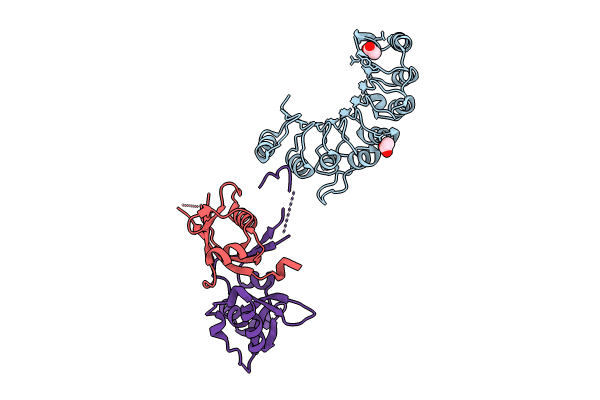
Deposition Date
2022-11-03
Release Date
2023-11-15
Last Version Date
2024-10-30
Method Details:
Experimental Method:
Resolution:
2.20 Å
R-Value Free:
0.23
R-Value Work:
0.20
R-Value Observed:
0.20
Space Group:
P 43 21 2


